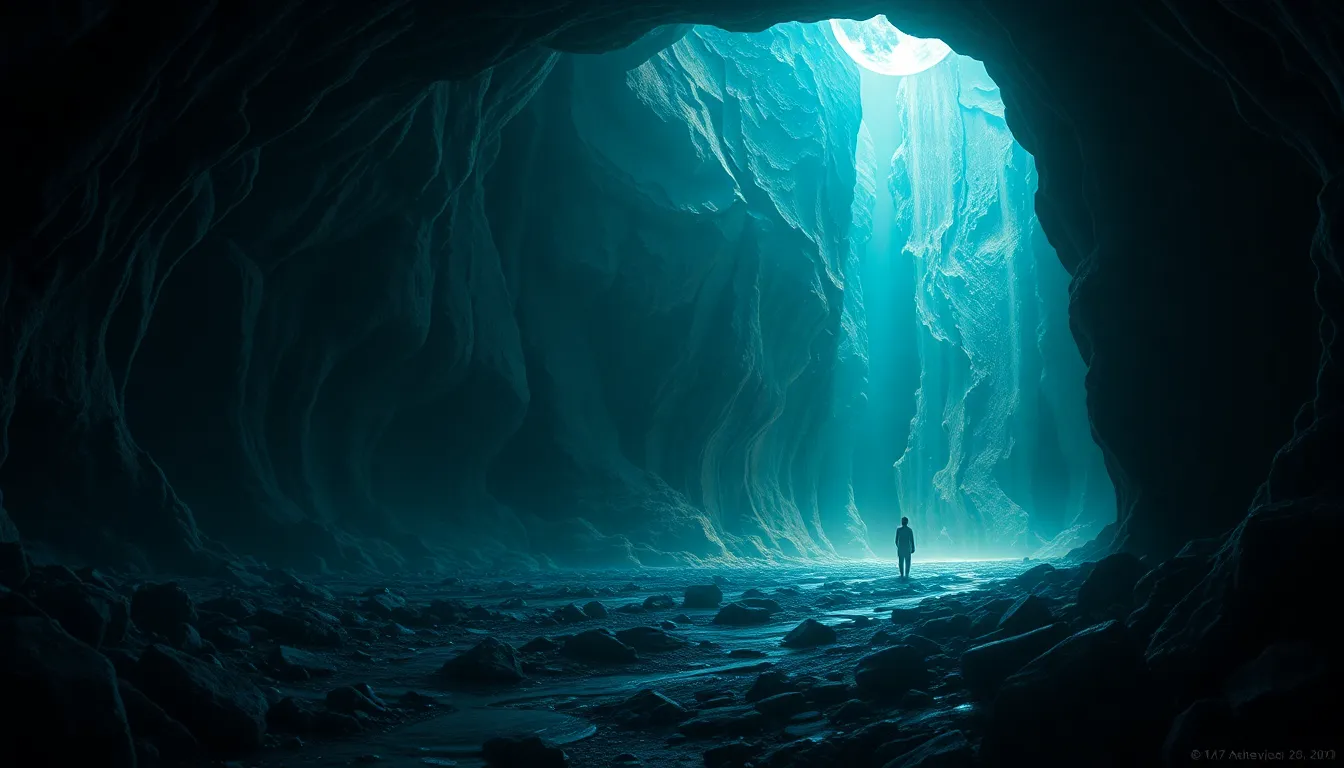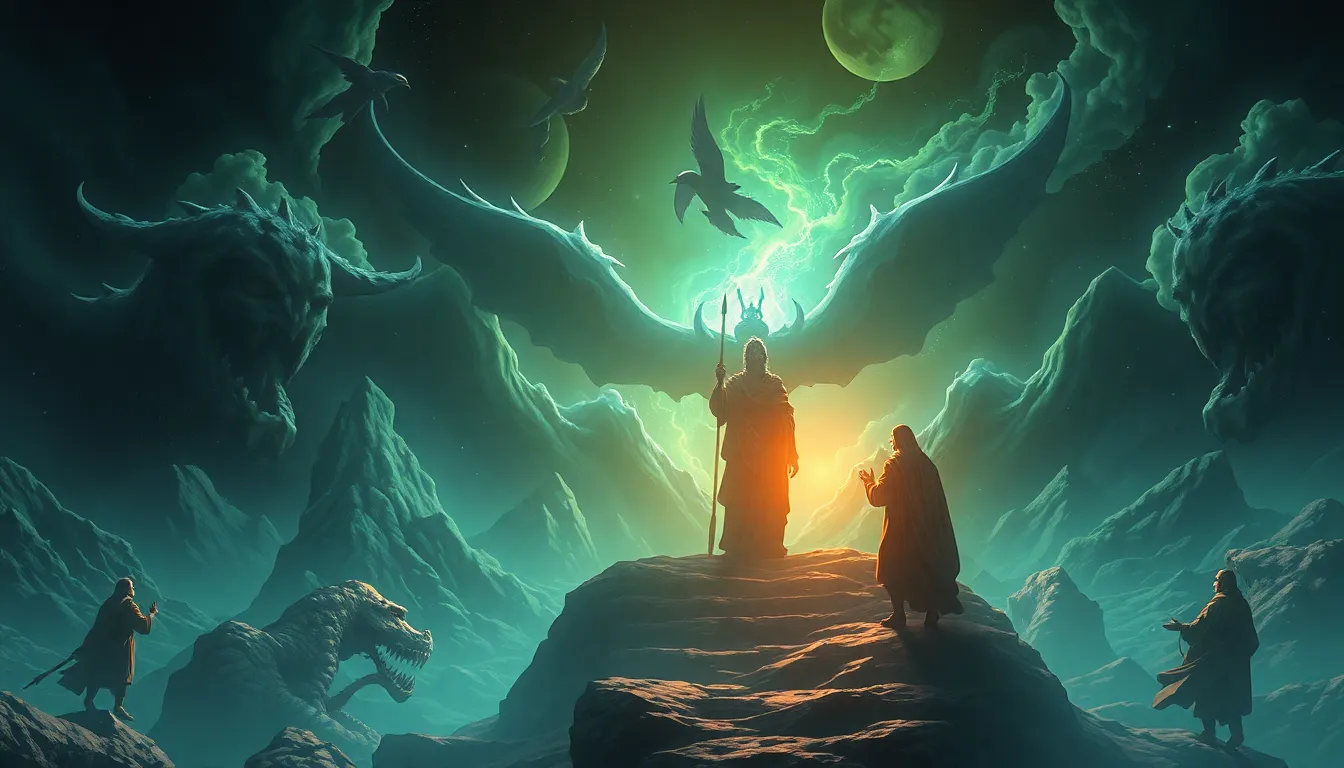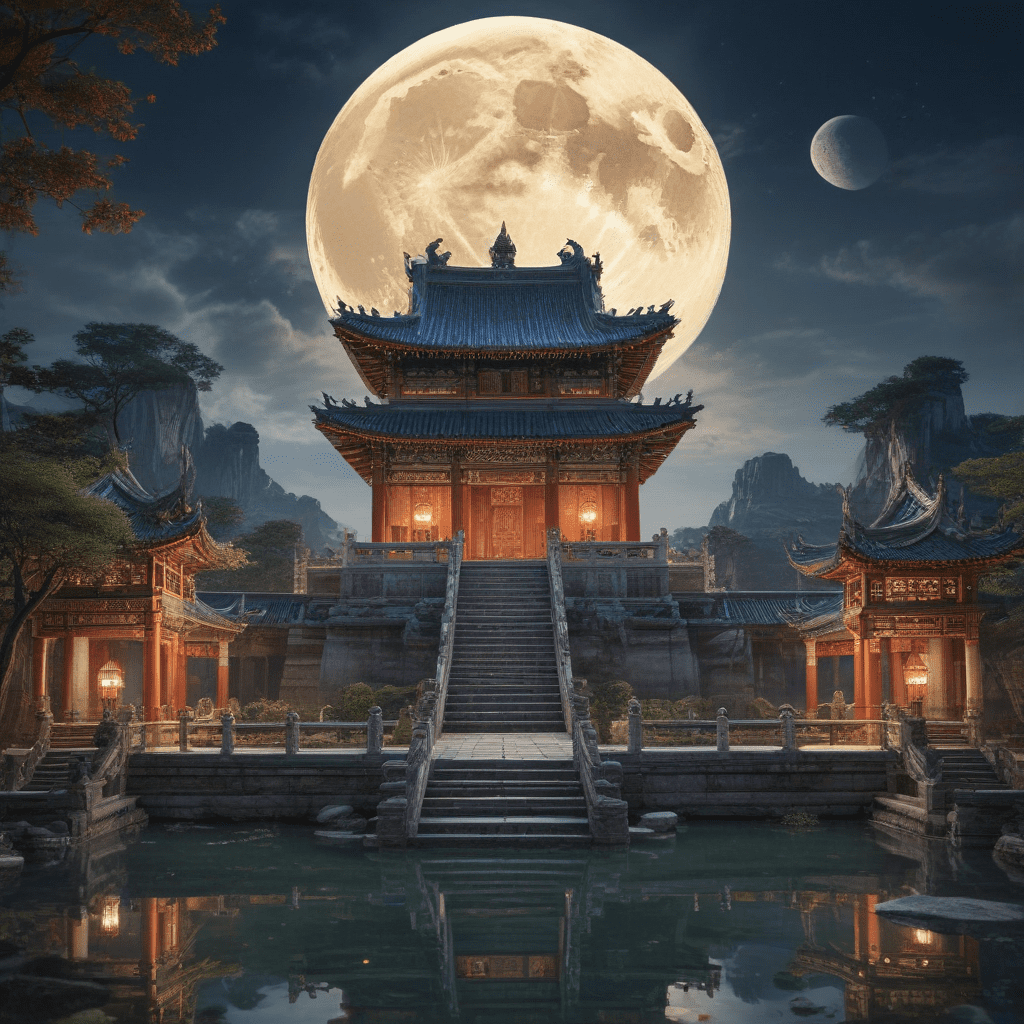The Underworld: A Mythical Exploration of Life and Death
I. Introduction to the Concept of the Underworld
The underworld is a common motif in various mythologies, representing the realm of the dead and the afterlife. It serves as a bridge between life and death, illustrating the beliefs and values of cultures throughout history. In many traditions, the underworld is not merely a place of punishment but also a necessary transition that every soul must undergo.
Life and death are central themes in mythology, as they encapsulate the human experience and the existential questions that arise from it. Myths surrounding the underworld often explore the nature of existence, the fate of the soul, and the moral implications of one’s actions during life.
This exploration of the underworld in mythological narratives serves to provide insight into human fears and hopes regarding mortality, guiding individuals through the complexities of life and the inevitability of death.
II. Historical Perspectives on the Underworld
Throughout history, various cultures have developed unique beliefs about the underworld and the afterlife. These beliefs reflect their understanding of life, death, and the cosmos.
A. Ancient Mesopotamian beliefs about the underworld
The ancient Mesopotamians envisioned the underworld as a dreary place known as Kur or Irkalla, ruled by the goddess Ereshkigal. Here, souls lived a shadowy existence, reflecting the somber view of death prevalent in their culture.
B. The Egyptian afterlife: Duat and the journey of the soul
The Egyptians believed in a complex afterlife journey. The Duat, or the Egyptian underworld, was a realm filled with trials and tribulations. The deceased would face judgment by Osiris, the god of the afterlife, where their heart was weighed against the feather of Ma’at, symbolizing truth and justice.
C. Greek and Roman interpretations: Hades and the afterlife
In Greek mythology, Hades was the god of the underworld, which bore his name. The Greeks viewed the afterlife as a continuation of existence, where souls were assigned to various realms based on their earthly deeds. The River Styx served as a boundary between the living and the dead, with Charon as the ferryman transporting souls.
III. The Role of Deities in the Underworld
Deities play a crucial role in the mythology of the underworld, serving as guides and judges for souls transitioning after death.
A. Key figures and their significance (e.g., Hades, Osiris, Yama)
- Hades: Greek god of the underworld, overseeing the realm of the dead.
- Osiris: Egyptian god associated with the afterlife, resurrection, and fertility.
- Yama: In Hindu mythology, the god of death and the ruler of the afterlife.
B. The responsibilities of underworld deities in guiding souls
These deities are often tasked with guiding souls to their final resting place, ensuring that the deceased undergo the necessary trials and judgments.
C. Mythological narratives surrounding these divine figures
Many myths depict the interactions between these deities and souls, illustrating the moral lessons and cultural values associated with their roles.
IV. Symbolism of the Underworld in Mythology
The underworld serves as a rich symbol in mythology, representing various themes of transformation, morality, and the cycle of life.
A. The underworld as a place of transformation and rebirth
In many traditions, the underworld is not merely a destination but a transformative space where souls undergo purification or rebirth, signifying a new beginning.
B. The balance of good and evil in the afterlife
The concept of judgment in the underworld often highlights the duality of good and evil, where souls are rewarded or punished based on their earthly actions.
C. Representation of the underworld in art and literature
The underworld has inspired numerous works of art and literature, serving as a powerful backdrop for exploring human emotions, fears, and philosophical inquiries.
V. Cultural Variations of the Underworld
Different cultures have their unique interpretations of the underworld, shaped by their beliefs and practices.
A. The underworld in Eastern religions (e.g., Buddhism, Hinduism)
In Hinduism, the underworld, known as Naraka, serves as a place of punishment, while Buddhism emphasizes the cycle of rebirth and karma.
B. Indigenous perspectives on the afterlife
Many indigenous cultures have unique narratives surrounding death, often viewing it as a return to the earth or ancestors rather than merely a transition to another realm.
C. Comparisons of underworld myths across different cultures
Despite cultural variations, common themes such as judgment, transformation, and the significance of moral conduct emerge across different underworld myths.
VI. The Journey of the Soul: Myths and Narratives
The journey of the soul to the underworld is a recurring theme in mythology, filled with trials and tribulations.
A. Common themes in the journey to the underworld
Many myths depict the soul’s journey as fraught with challenges, requiring the deceased to prove their worthiness or navigate obstacles.
B. Trials and tribulations faced by souls (e.g., Charon, the river Styx)
Examples include Charon’s ferrying of souls across the River Styx in Greek mythology, representing the difficult transition from life to death.
C. Stories of resurrection and redemption in underworld myths
Numerous narratives depict souls who undergo trials but ultimately achieve resurrection or redemption, highlighting the possibility of hope even in death.
VII. The Underworld and Its Influence on Modern Culture
The concept of the underworld continues to influence contemporary culture in various forms.
A. Depictions of the underworld in contemporary media (film, literature, games)
Modern storytelling often draws on ancient myths, depicting the underworld in films, literature, and video games, illustrating its timeless relevance.
B. The psychological impact of underworld myths on modern society
These myths resonate with contemporary audiences, addressing fears of death, the afterlife, and the moral implications of actions.
C. The evolving perception of life and death in light of these myths
As societal values shift, so too does the perception of life and death, influenced by the enduring legacies of underworld narratives.
VIII. The Underworld in Folklore and Oral Traditions
Folklore and oral traditions play a crucial role in shaping cultural beliefs about the underworld and the afterlife.
A. Comparative analysis of underworld tales in folklore
Folklore from various cultures offers a wealth of stories regarding the underworld, often featuring common motifs and themes.
B. The role of storytelling in preserving cultural beliefs about death
Oral traditions serve to transmit values and beliefs about mortality, providing a framework for understanding the afterlife.
C. Lessons learned from folklore about mortality and the afterlife
These narratives often impart moral lessons, encouraging individuals to reflect on their lives and the legacy they leave behind.
IX. Philosophical and Ethical Implications of Underworld Myths
Underworld myths carry profound philosophical and ethical implications, inviting reflection on morality, existence, and the nature of the soul.
A. The moral lessons conveyed through underworld stories
Many myths emphasize the importance of living a virtuous life, with the underworld serving as a reminder of the consequences of one’s actions



